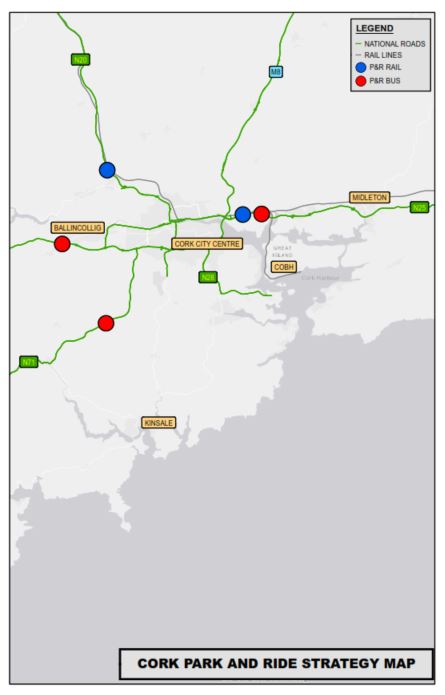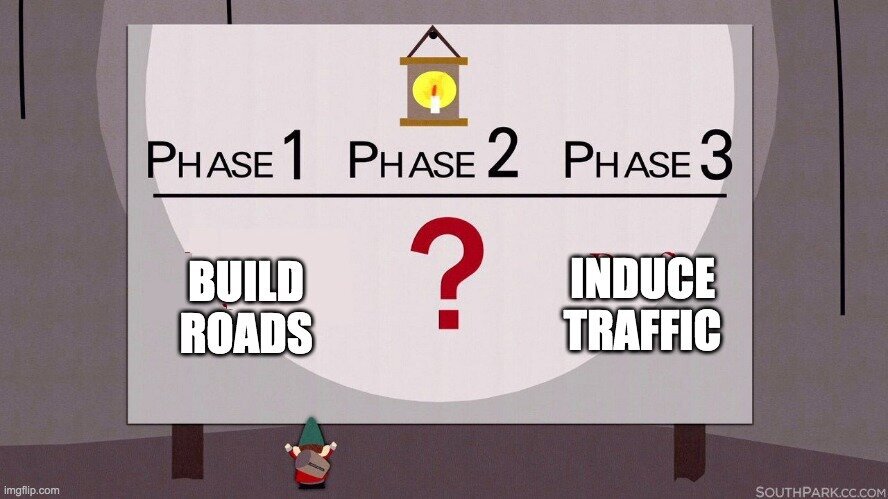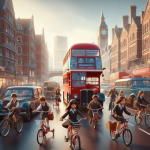But we've seen time and again when there's actual physical separations between cycle lanes and motor lanes, the cycle lanes are woefully under used. Cyclists themselves are avoiding using them. So instead of wasting good money and making the motor lanes, that are frequently shared by cyclists, narrower and thus more dangerous wouldn't it make sense not to put in segregated cycle lanes at all unless there was an onus on cyclists to use them?
That's the wrong way around IMO.
People don't want to cycle because it's considered dangerous
Don't put in protected cycle lanes until there's enough cyclists to justify it.
People don't randomly start cycling
No cycle lanes.
There's pretty good research that what happens is:
People don't want to cycle because it's considered dangerous
Good, safe cycle infrastructure installed
People start using it
There may well be a lag between good safe infrastructure being installed and people using it.
There are a few other things to consider as part of this that require understanding of two concepts:
1. Induced Demand:
Basically if you increase in supply of something, it tends to reduce the cost of it, increasing consumption and thus demand. Electric lighting works like this, the amount we spend on lighting hasn't changed enormously, but the amount of lighting we use has massively increased as efficiency improves.
This is very important for cars, adding more roads almost never solves traffic, it merely encourages more people to drive. Adding another lane to a road is almost never the right answer for making traffic flow better.
This applies (sort of*) for cycling infrastructure, by adding more infrastructure, you will increase demand for cycling. Painted lanes don't make much of a difference, protected bike lanes do:
https://www.pnas.org/doi/full/10.1073/pnas.2220515120
"Cycleways (bicycle paths in own trace) reduce the generalized cost by 20%. On residential and medium roads, bicycle lanes, whether protected or just painted, reduce the cost rate by 14% and 22%, respectively. The type of bicycle lane has a considerable effect on the cost rate for the large roads category: Painted bicycle lanes have only a small and statistically insignificant effect, whereas protected bicycle lanes reduce the cost rate by 34%."
2. Modal shifts:
It's a fancy term for changing from one form of transportation to another. To get people to modal shift, you need to understand what are the barriers to it happening. For cycling, there are a number of obvious ones that act as barriers to adoption:
Weather
Energy Required
Travel Time
Safety
It has major advantages in terms of cost and health over other modes, especially cars. It also imposes far fewer externalities (noise & air pollution, accidents etc...).
But most of those advantages are not immediate.
You can't do much about weather (although my work has covered cycle parts, showers and drying rooms, but that is unusual). eBikes deal with the energy required, which is nice but irrelevant from an infrastructure point of view.
For travel time, you want to shorten cycle travel times as much as possible vs motor vehicles. For safety, you want to separate cyclists as much as possible from motor traffic.
The best implementation of those is segregated cycle paths, especially ones where cycle travel times are shortened vs cars.
Melbourne Road is a decent example of it.
You can also reduce the advantage of taking the car by making car based journeys longer. That usually pisses people off but is also why pedestrianising much, much more of the centre of the city would not be a bad move at all. Lot of cities are effectively banning or making driving through their centres very difficult/expensive, with lots of high quality park & ride as a substitute.
You'd probably be lynched if you tried it in Cork, so probably best avoided for now.
That said, the planned Bus Connects P&R for Cork are probably a precursor to a longer term plan to do exactly that:
*It's all about altering travel pattern behaviour, rather than a purely mechanical "build it and they will come", but the end result is similar:
And what this tells us about what the common buzzword really means.

www.strongtowns.org




